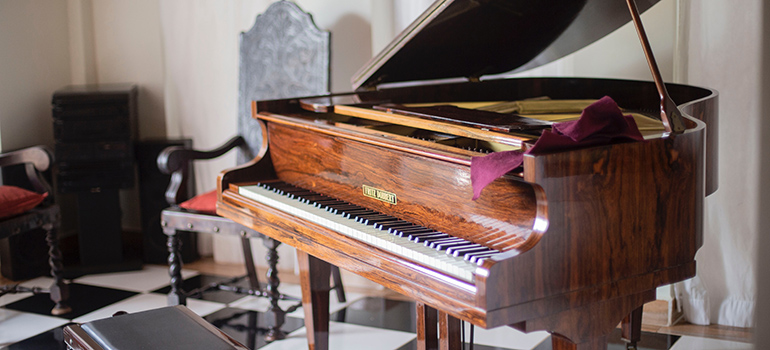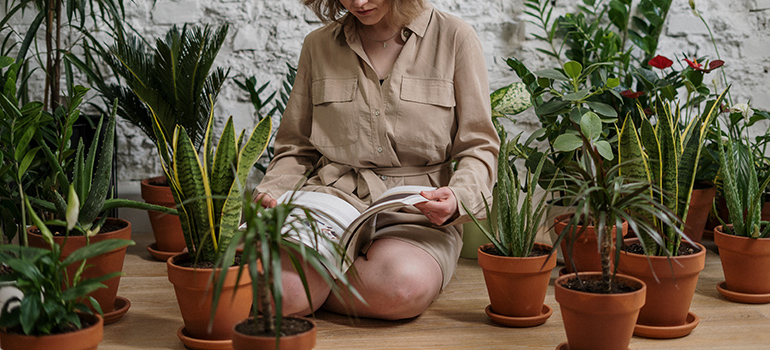Moving long distance is never easy. The further away you are moving, the more difficult it can be. But, some items are easier to move than others. When packing clothes, for example, you don’t have to worry about them breaking, spoiling, or getting knocked over. But, there are also some difficult items to move long-distance. Furniture, pianos, artwork, and so on. Items that are either too bulky or too fragile to move easily. For those items, you need to find a quality moving company of Verified Movers. And prepare well in advance. Here are some items that are notoriously difficult to move. And even more difficult to relocate long-distance.
What makes items difficult to move long-distance?
Household items come in all shapes and sizes. Some are big, some are small. There are items that are very fragile, while others are quite sturdy. And some of the most difficult items to move long-distance are either heavy, bulky, fragile or have to be transported in a short amount of time. For those types of items, you need to find quality long-distance moving companies to assist you. Otherwise, you can end up with dead flowers, or broken furniture. And in some cases, your whole load might be ruined because of one item.

Furniture is very difficult to move long-distance
Furniture is heavy, bulky, and oddly shaped
Moving furniture long-distance is never easy. Let’s take a common couch for example. It’s heavy. So you can’t lift it and load it by yourself. It’s bulky and takes up a lot of space. And worst of all, it’s oddly shaped. So it’s difficult to pack and properly protect. Not to mention that if you are not careful, you might cause damage to your property when moving out. So, it’s definitely something that is difficult to move long-distance. In worst-case scenarios, it might come loose in the back of a truck. And destroy many of your other items that are traveling with it.
Automobiles aren’t easy to move long-distance
This might seem strange, but moving a car long-distance isn’t easy. They might be built to be driven across large distances. But, when you need to move them, without actually driving them, they can be a nightmare. That’s why auto moving should always be left to professionals. Who will know how to keep them safe and scratch-free. And deliver them in perfect condition.
Pianos are notoriously difficult items to move long-distance
A piano can be a great centerpiece of a room. It has an antique look, specific shape, and serves a purpose. But, they are one of the most difficult items to move long-distance. There’s a good reason they are usually listed as an additional moving service in most moving companies. Pianos are large and heavy. Meaning that it’s needed three or more people in order to safely move. They are also quite fragile. And get easily get scratched or worse. And lastly, they are oddly shaped. So they are quite hard to pack and properly protect. If you do need to move your piano, make sure you hire professionals to do it for you. Otherwise, you will most likely end up with a broken piano. Or even worse, with an injury.

Pianos are bulky, heavy, and yet fragile. Which makes them especially hard to move.
Electronic items are also quite difficult to move long-distance
The most difficult items to move long-distance are the ones that are fragile. So is the case with electronics. You need to be extra careful when packing and moving electronics as they can quite easily get damaged. And it’s not just the physical damage that you need to worry about. Moving long-distance means that they will be sitting in the back of a truck for a long time. If the weather is damp, they can short-circuit just from the condensation.
Fish tanks should always be moved with professional assistance
Fish tanks can be even more difficult to move long-distance than pianos. They can also be quite large, heavy, and fragile. And both the aquarium and the fishes need to be maintained and cared for. Moving it long-distance means that it will be on the road for quite some time. And you won’t have access to it for days. That’s why it’s quite important to properly prepare it beforehand. And to ensure that the fishes will have a good time riding in the back of the truck.
The artwork is also difficult to move long-distance
Artwork, especially the expensive kind, can give you many headaches when moving long-distance. It’s quite fragile and very valuable. Meaning that it needs to be properly protected and handled. It’s the type of item that should definitely be insured during transport. And that’s another cost to look out for. But, besides that, it needs to be packed in sturdy boxes with ample protection. Otherwise, your precious artwork might end up irreversibly damaged.
Household plants
Moving plants is never easy. It’s big stress both for you and the plant. All plants need sunlight and water in order to survive. And when you are moving them long-distance you are depriving them of both. That makes them some of the most difficult items to move long-distance. But, if you know what pick-up and delivery dates are you can plan for it. And prepare them so they can survive the trip. But, if you forget to water them. Or if you don’t move them to a safe container, they might very-well arrive in a pretty bad condition.

You are depriving your plan of both sun and water for the duration of the move
Liquids are some of the most difficult items to move long-distance
Aside from heavy and fragile items, liquids are the most difficult items to move. They might be bottled. And that might give you a sense of security. They can easily spill and cause all kinds of damage. That’s why it’s very important to properly pack your liquids. And protect both them, as well as your other items from damage. You never know how bumpy the road might be. Or how hot or cold the temperature might get.
No items are too difficult to move long-distance with professional assistance
There are many difficult items to move long-distance. But, with the help of trained and experienced professionals, nothing is too difficult to move. So, find quality movers, give yourself enough time to prepare and everything will be alright. Your items will arrive on time and in perfect condition.




